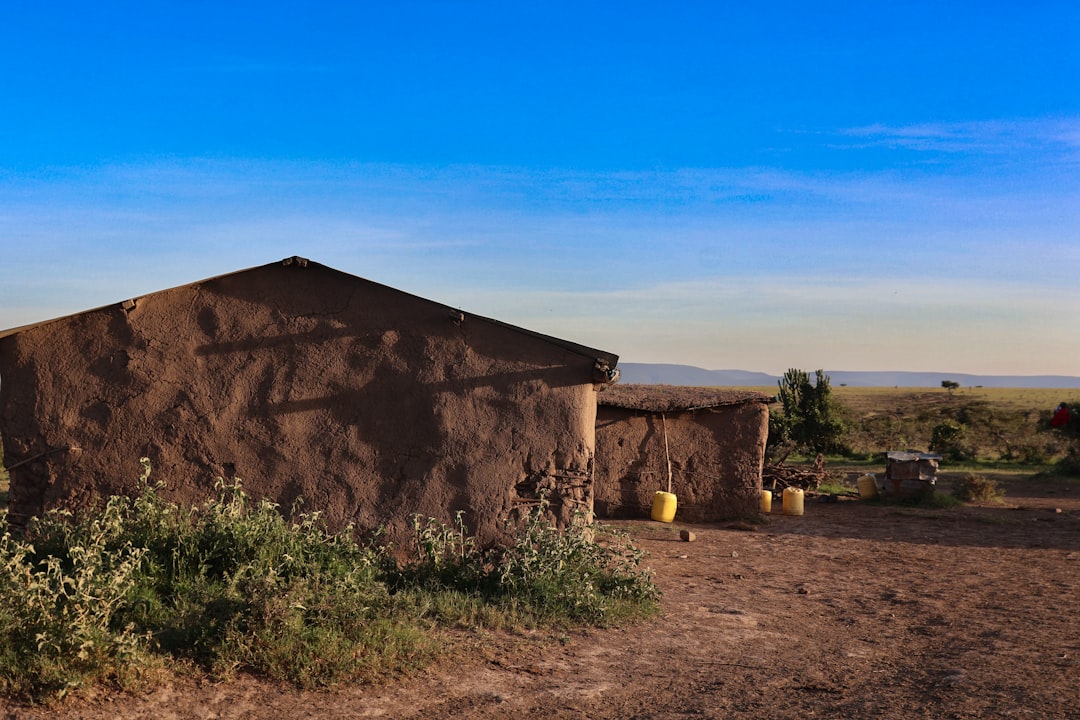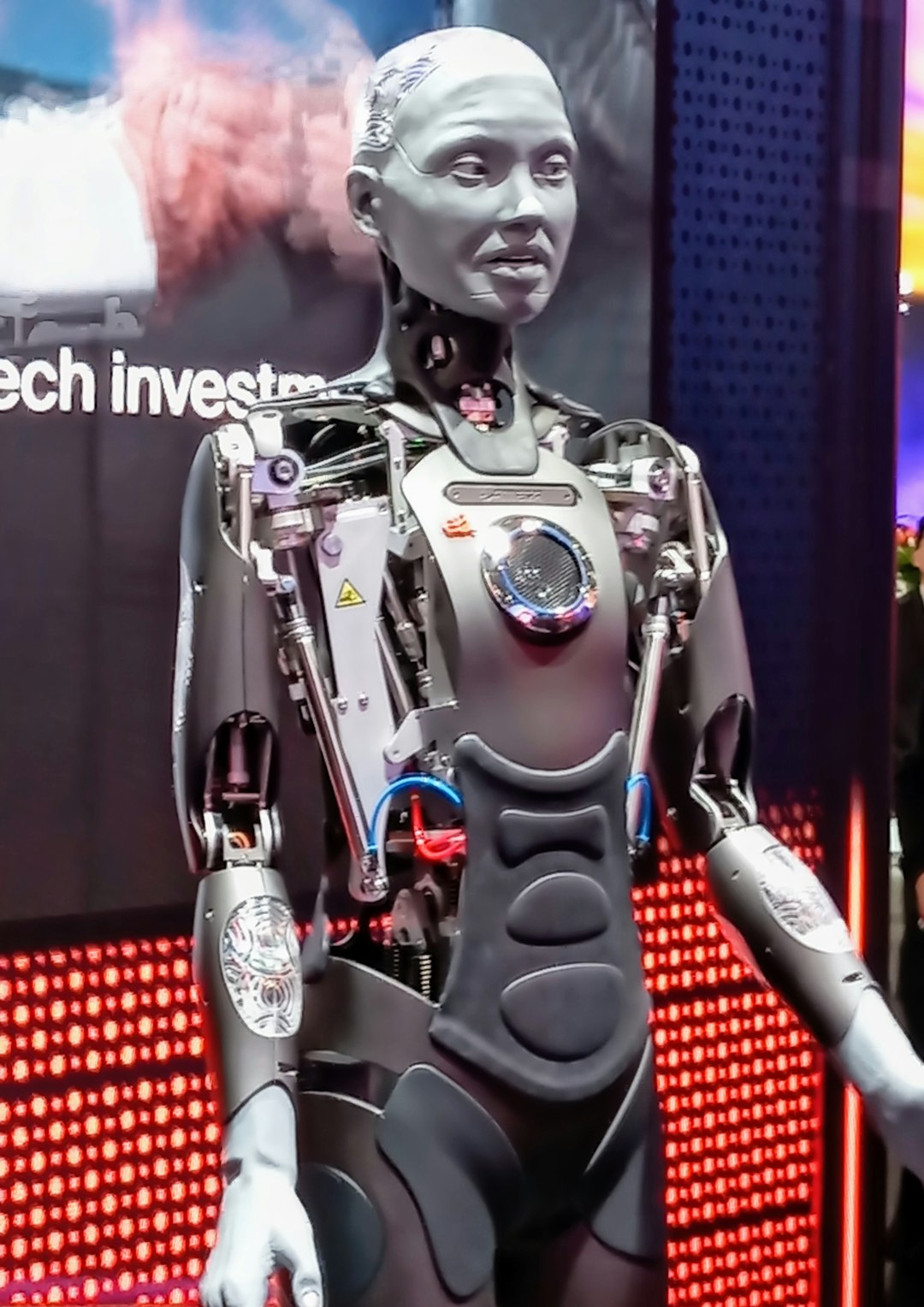The Promise That’s Dividing Nations

Imagine receiving $1,000 every month, no strings attached, just for being alive. This isn’t science fiction anymore – it’s Universal Basic Income, and it’s happening right now in places you might not expect. Finland tried it with 2,000 unemployed people from 2017 to 2018, and the results shocked economists worldwide. While participants reported better mental health and reduced stress levels, employment rates barely budged, leaving policymakers scratching their heads. The concept sounds revolutionary: give everyone enough money to cover basic needs, and watch society transform. But as pilot programs spread across the globe, the reality is proving far more complex than anyone imagined.
Kenya’s Bold Experiment Changes Everything

In rural Kenya, something extraordinary is happening that’s rewriting the UBI playbook. GiveDirectly, a nonprofit organization, has been distributing unconditional cash payments to entire villages since 2016, creating the world’s largest UBI experiment. Recipients get roughly $22 per month for 12 years – a life-changing amount in a region where many survive on less than $2 daily. Early results from 2023 studies show dramatic improvements: child mortality dropped by 20%, school enrollment increased by 40%, and domestic violence decreased significantly. The program covers 295 villages and over 20,000 people, providing researchers with unprecedented data. What’s fascinating is that recipients didn’t become lazy or waste money on alcohol, as critics predicted – instead, they invested in education, healthcare, and small businesses.
Silicon Valley’s Tech Billionaire Obsession

Tech giants like Elon Musk, Mark Zuckerberg, and Sam Altman aren’t just talking about UBI – they’re putting serious money behind it. Altman’s OpenAI has pledged millions to UBI research, arguing that artificial intelligence will eliminate so many jobs that society needs a safety net. Y Combinator, the startup accelerator, launched a $100 million UBI study in 2024, giving 3,000 Americans $1,000 monthly for three years. The tech industry’s enthusiasm stems from a guilty conscience about automation and a genuine belief that UBI could unleash human creativity. However, critics argue these billionaires are essentially buying social permission to replace workers with machines. The irony is thick: the same people destroying traditional jobs are proposing to pay us for not having them.
Spain’s Pandemic Revelation

When COVID-19 hit Spain like a freight train in 2020, the government did something unprecedented – they launched a permanent UBI program disguised as emergency aid. The Minimum Vital Income (IMV) program now reaches over 400,000 households, providing between €462 to €1,015 monthly depending on family size. By 2024, the program had lifted 200,000 children out of poverty, according to Spain’s National Statistics Institute. The Spanish model differs from pure UBI because it’s means-tested, but it’s still the closest thing to universal basic income operating at national scale in Europe. Surprisingly, the program costs less than 0.5% of Spain’s GDP, challenging assumptions about UBI’s fiscal burden. The success has inspired similar discussions across the European Union, with pilot programs now planned in Germany and France.
The Inflation Monster Nobody Talks About

Here’s the uncomfortable truth economists whisper about: giving everyone money might just make everything more expensive. When Stockton, California, distributed $500 monthly to 125 residents in 2019, local businesses quickly caught on and subtly raised prices on basic goods. Alaska’s Permanent Fund Dividend, which has given residents annual payments since 1982, correlates with consistent price increases that often eat away the benefit’s value. A 2024 Federal Reserve study found that for every $100 in UBI distributed, consumer prices rise between $15-30 within two years. The mechanism is simple: when everyone has more money, demand increases faster than supply, pushing prices up. This creates a cruel irony where UBI might actually hurt the poor people it’s designed to help, as they spend a higher percentage of income on necessities.
Work Incentives and the Motivation Myth

The biggest fear about UBI isn’t economic – it’s psychological. Critics argue that guaranteed income will turn society into a nation of couch potatoes, but the evidence tells a different story. In Finland’s experiment, only 6% of recipients reduced their work hours, and many used the financial security to pursue education or start businesses. Stockton’s program found that recipients actually increased their full-time employment from 28% to 37% during the trial period. The security of guaranteed income seems to make people more entrepreneurial, not less motivated. However, a 2024 study from the University of Chicago found concerning trends in areas with long-term cash assistance programs, where third-generation recipients showed decreased work engagement. The question isn’t whether UBI kills motivation immediately, but whether it erodes work culture over generations.
The Political Minefield of Free Money

UBI isn’t just an economic policy – it’s a political nuclear bomb that splits parties, families, and entire nations. In the United States, Andrew Yang built an entire presidential campaign around UBI in 2020, attracting support from both Silicon Valley progressives and rural conservatives worried about job losses. However, when Chicago launched a $31 million guaranteed income pilot in 2022, it immediately became a partisan battleground, with Republicans calling it “welfare expansion” and Democrats hailing it as “economic justice.” The political challenge is that UBI threatens existing welfare systems, potentially eliminating jobs for social workers, case managers, and bureaucrats who currently administer targeted aid programs. This creates strange political alliances: some progressives oppose UBI because it might replace more generous programs, while some conservatives support it as a way to eliminate welfare bureaucracy.
The Technology Displacement Crisis

Artificial intelligence isn’t coming for jobs – it’s already here, and it’s hungry. A 2024 McKinsey study estimates that 400 million jobs worldwide could be automated by 2030, with AI particularly threatening white-collar work that was previously considered safe. Customer service representatives, data analysts, and even radiologists are watching their roles get absorbed by increasingly sophisticated algorithms. OpenAI’s latest models can write code, analyze legal documents, and create marketing campaigns that rival human quality. This technological tsunami is driving UBI discussions in boardrooms and government halls alike. Companies like Amazon and Walmart are quietly preparing for massive workforce reductions, while simultaneously funding UBI research as a potential solution. The brutal reality is that technology might make UBI not just desirable, but absolutely necessary for social stability.
International Models and Cultural Disasters

What works in one country can spectacularly fail in another, and UBI is no exception to this rule. Brazil’s Bolsa Família program, which provides conditional cash transfers to 14 million families, has been incredibly successful at reducing poverty and improving education outcomes since 2003. However, when similar programs were attempted in Nigeria and India, corruption and administrative failures turned them into economic disasters. Cultural attitudes toward work, family structure, and government trust play crucial roles in UBI success. In Scandinavian countries, where trust in government runs high, UBI pilots show promising results, but similar programs in countries with weak institutions often fail spectacularly. A 2024 World Bank analysis found that UBI effectiveness correlates strongly with existing governance quality, suggesting that the policy might only work in places that already have functioning social systems.
The Hidden Costs Nobody Calculates

The sticker price of UBI is shocking enough – providing every American adult with $1,000 monthly would cost roughly $3 trillion annually, nearly doubling the federal budget. But the hidden costs might be even more devastating to society’s fabric. Administrative savings from eliminating welfare bureaucracy could reach $200 billion, but that means hundreds of thousands of government jobs disappearing overnight. Social workers, case managers, and support staff would join the ranks of those needing UBI themselves. The psychological cost of removing work requirements from aid could fundamentally alter how society views contribution and value. A 2024 Brookings Institution study suggests that unconditional income might weaken community bonds and voluntary associations that currently provide social support networks. The price tag on paper is enormous, but the social costs remain largely unmeasured and potentially irreversible.
Success Stories That Defy Logic

Sometimes UBI works in ways that make economists tear up their textbooks and start over. In Maricá, Brazil, a coastal city of 160,000 people launched a local digital currency program in 2019 that functions like UBI, giving residents monthly payments they can only spend locally. The result has been extraordinary: local unemployment dropped from 20% to 8%, small businesses flourished, and the city’s economy grew 6% annually even during the pandemic. The genius lies in the spending restrictions – money can’t leak out to multinational corporations or distant suppliers, creating a closed-loop economic system. Similar success stories emerge from unexpected places: rural Alaska’s dividend has helped indigenous communities maintain traditional lifestyles while participating in the modern economy. These examples suggest that UBI’s success might depend more on implementation details than on the concept itself, challenging both supporters and critics to think more creatively about design.
The Future Nobody Saw Coming

As 2025 unfolds, UBI is evolving in directions nobody predicted just five years ago. Cryptocurrency enthusiasts are creating decentralized basic income systems using blockchain technology, potentially bypassing governments entirely. Some programs now use biometric verification to prevent fraud, while others experiment with conditional payments tied to community service or environmental goals. The most surprising development might be employer-sponsored UBI, where companies like Patagonia and Ben & Jerry’s provide guaranteed income to workers as a benefit, creating loyalty and reducing turnover. Climate change is adding urgency to UBI discussions, as rising sea levels and extreme weather events displace millions of people who need immediate financial support. The question isn’t whether UBI will happen, but what form it will take when it becomes inevitable.
The Verdict That Changes Everything

After analyzing pilot programs, economic data, and real-world implementations across continents, the truth about UBI is messier than anyone wants to admit. It’s neither the silver bullet that will solve poverty nor the economic poison that will destroy work incentives. The evidence suggests UBI works best as part of a broader social system, not as a standalone solution to complex problems. Countries with strong institutions, high social trust, and diversified economies see better results than those without these foundations. The most successful programs combine guaranteed income with investment in education, healthcare, and infrastructure, creating synergistic effects that amplify benefits. Perhaps the real question isn’t whether UBI is a solution or a trap, but whether we’re brave enough to experiment our way toward a system that actually works for everyone in an age of unprecedented technological change.




